What to do if my HERO Motorcycle engine does not start?
- CChristopher BerryAug 9, 2025
If your HERO Motorcycle engine doesn't start, ensure the ignition switch is in the “ON” position, the side stand is up, and the fuel tank is adequately filled.

What to do if my HERO Motorcycle engine does not start?
If your HERO Motorcycle engine doesn't start, ensure the ignition switch is in the “ON” position, the side stand is up, and the fuel tank is adequately filled.
What to do if my HERO XPULSE 200 4V 2023 has a feeble horn sound or no light?
If your HERO Motorcycle exhibits a feeble horn sound or no light, replace the fuse.
How to fix poor pick up on HERO XPULSE 200 4V 2023 Motorcycle?
To address poor pick up on your HERO Motorcycle, ensure the spark plug is properly tightened.
What to do if the electric starter is not working on my HERO XPULSE 200 4V 2023 Motorcycle?
If the electric starter on your HERO Motorcycle is not working, replace the fuse.
Why is there no spark at the spark plug of my HERO XPULSE 200 4V 2023 Motorcycle?
If there's no spark at the spark plug of your HERO Motorcycle, make sure the ignition switch is turned to the “ON” position.
| Engine Type | Oil cooled, 4 Stroke 4 Valve Single cylinder OHC |
|---|---|
| Displacement | 199.6 cc |
| Torque | 17.35 Nm @ 6500 rpm |
| Fuel System | Fuel Injection |
| Transmission | Chain Drive |
| Rear Brake | 220 mm Disc |
| Front Tyre | 90/90-21 |
| Rear Tyre | 120/80-18 |
| Frame Type | Diamond Type |
| Ground Clearance | 220 mm |
| Seat Height | 825 mm |
| Bore x Stroke | 66.5 mm x 57.5 mm |
| Length x Width x Height | 2222 mm x 850 mm x 1258 mm |
| Gear Box | 5 Speed |
| Clutch | Wet Multiplate |
| Front Suspension | 37mm Telescopic Fork |
| Rear Suspension | 10 Step Adjustable Mono Shock |
| Front Brake | 276 mm Disc, ABS |
| Fuel Tank Capacity | 13 L |
| Compression Ratio | 10:1 |
| Ignition | Digital |
| Starting System | Kick and Self Start |
Details on locating and understanding the Vehicle Identification Number.
Information on identifying the vehicle's engine number.
Detailed specifications including dimensions, weight, and capacities.
Technical engine and chassis specifications of the vehicle.
Specifications related to transmission, gears, and electrical systems.
Essential safety guidelines for riding and vehicle operation.
Recommendations for protective clothing and gear for rider safety.
Recommended practices for safe motorcycle riding.
Prohibited actions and practices to avoid while riding.
Description of indicators, meters, buttons, and display functions on the instrument panel.
Operation of switches on the left handlebar, including lights and signals.
Operation of switches on the right handlebar, including starter and engine kill.
Understanding the ABS indicator light and system behavior.
Functionality of the side stand indicator and its interaction with the engine.
Step-by-step guide for starting the vehicle's engine.
Checks to ensure readiness before attempting to start the engine.
Guidance for the initial 500 km of riding and general riding tips.
Explanation of the Anti-lock Braking System (ABS) and its function.
Details on wheel speed sensors, HECU, and ABS indicator.
Recommended practices and precautions for using the ABS system.
Why regular maintenance is crucial for vehicle performance and safety.
Troubleshooting steps when the engine fails to start.
Troubleshooting common issues when the engine starts but then stalls.
Diagnosing and resolving problems related to poor acceleration or pick up.
Troubleshooting issues related to the electrical system, like horn or lights.
Details on what the vehicle warranty covers and its terms.
Conditions and scenarios under which the vehicle warranty is not applicable.
Details on the emission warranty coverage and its terms.
Situations and conditions that void the emission warranty.
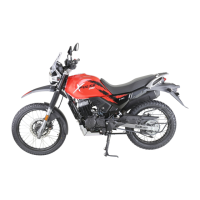
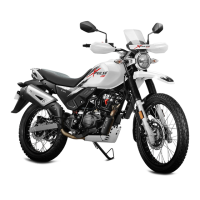
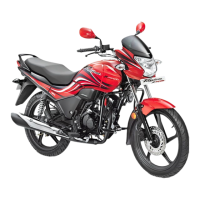

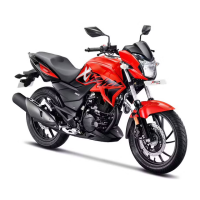
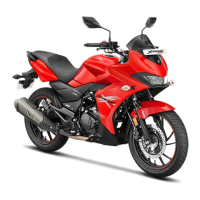
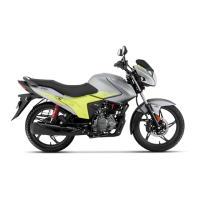
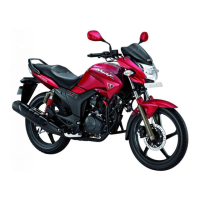
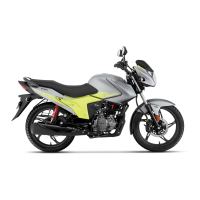
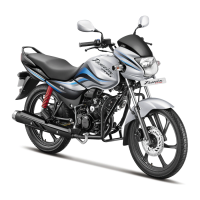
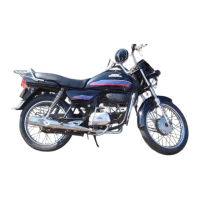
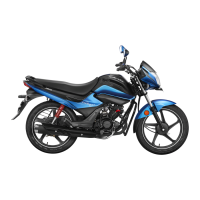
